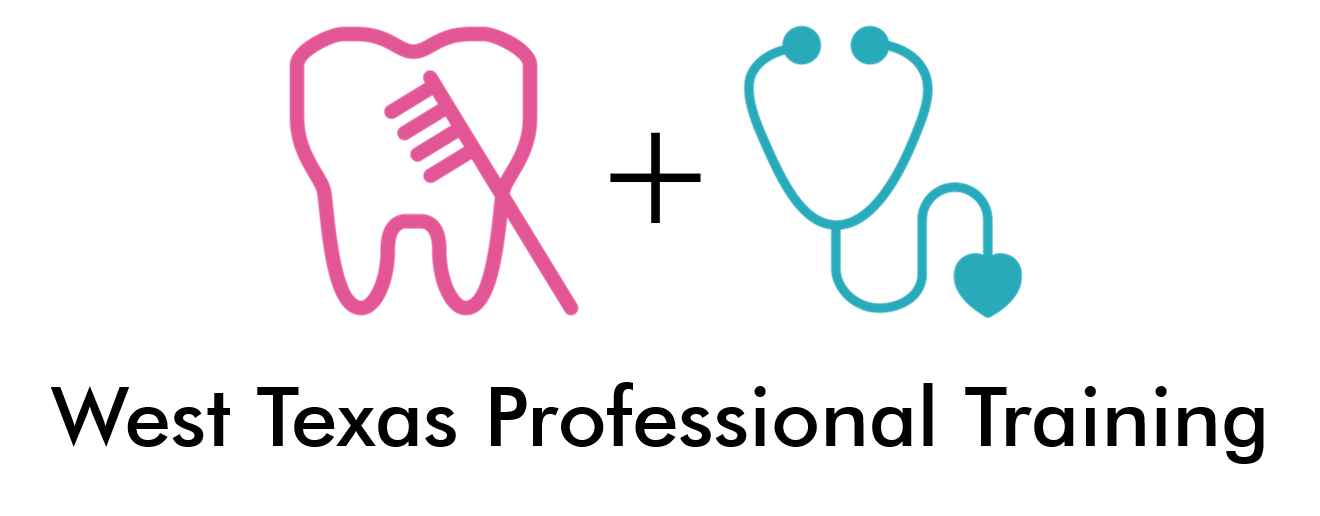Professionalism in Healthcare
Maintaining professionalism and appropriate behavior in healthcare is vital to your success. Communication in a medical or dental office is essential for building trust, providing quality care, and maintaining a positive work environment. Here are some examples of how to find success in communication as a dental assistant:
Active Listening: Actively listen to what patients and colleagues have to say. This means giving them your full attention, asking clarifying questions, and providing feedback to ensure you understand their concerns or instructions. For example, when a patient expresses anxiety about a procedure, actively listen, empathize, and offer reassurance. If you’re unsure of the answer, don’t be afraid to say, “that’s a great question, let me find out”.
Empathy: Show empathy by understanding and acknowledging the emotions of patients. For example, if a patient is experiencing pain, empathize with their discomfort, and assure them that you and the dentist will do your best to minimize it. Sometimes all it takes to calm someone’s anxiety is being empathetic.
Clear and Simple Language: Avoid jargon and use clear, simple language when explaining procedures or treatment plans to patients. Break down complex information into understandable terms. For example, when discussing a treatment plan, use plain language and visual aids to illustrate the process.
Non-Verbal Communication: Pay attention to your non-verbal cues, such as body language and facial expressions. This could be rapid breathing or clutching a chair. Maintain a friendly and approachable demeanor to put patients at ease. Additionally, observe patients' non-verbal cues to gauge their comfort levels and adjust your communication accordingly.
Professionalism: Maintain a professional and respectful demeanor at all times. Use formal titles and polite language when addressing patients and colleagues. Avoid gossip and inappropriate conversations in the workplace, no matter how hard that can be.
Conflict Resolution: When conflicts arise with colleagues or patients, approach them with a problem-solving mindset. Listen to both sides, remain calm, and seek mutually acceptable solutions. For example, if there's a disagreement with a coworker over task assignments, discuss the issue privately and work together to find a resolution. Try to put yourself in the other person’s shoes.
Cultural Sensitivity: Be culturally sensitive to the diverse backgrounds of patients and colleagues. Respect their beliefs and customs, and adapt your communication style as needed.
Consistent Information: Ensure that information provided to patients is consistent throughout the office. This includes treatment plans, financial estimates, and scheduling. Patients should receive the same information and experience regardless of who they interact with in the office.
Confidentiality: Uphold patient confidentiality and privacy at all times. Discuss patient information only in private, secure areas and ensure that records are properly stored and protected.
Continual Training: Stay up-to-date with communication skills and take advantage of training opportunities. Many dental and medical associations offer courses and resources for improving communication in healthcare settings.
Effective communication is a cornerstone of success in any healthcare setting. It fosters trust, patient satisfaction, and a positive workplace environment, ultimately contributing to the overall quality of care provided. Put in the work! You’ve got this.


